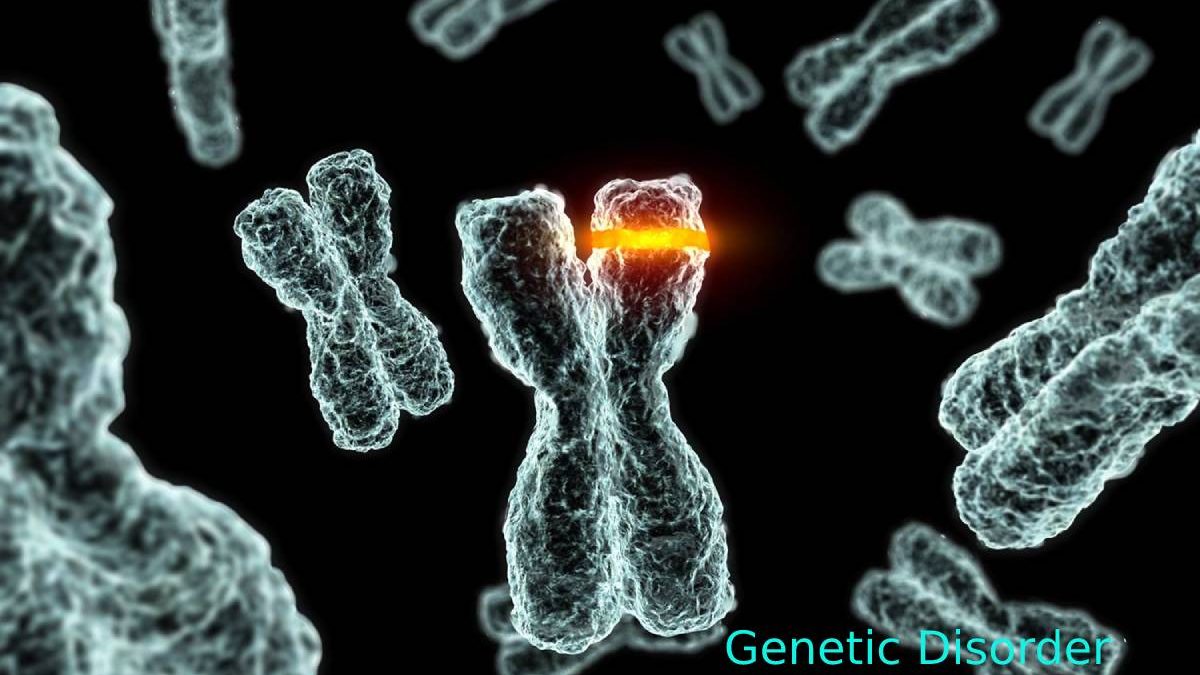Genetic disorders are disorders caused by irregularities in one or more genes or chromosomes. Some genetic disorders are transmissible, and others are impulsive. Inherited genetic disorders pass down from generation to generation.
Spontaneous genetic disorders are not passed from one generation to the next but occur when the genetic material in the father’s sperm or mother’s eggs or in the cells of the developing embryo is damaged by chance or by drugs, chemicals, or other harmful substances.
Among the risk factors are an elderly woman (“old”), family history of genetic abnormalities. Spontaneous abortions, a previous child with congenital malformations, and chromosomal aberrations in one of the future parents.
Trying for genetic situations can be done in all couples, especially those at a higher than average risk of having babies.
Couples thinking of having a child should consult about the risk of their future baby suffering from genetic alterations (prenatal genetic counseling). They can discuss precautions they can take to help avoid some congenital abnormalities. For example, women can prevent revelation to toxic elements and radioactivity.
Couples can also ask their doctor to regulate if the risk of having a baby with genetic alterations is higher than average for them. If the risk is high, tests will help assess it more precisely ( genetic screening ). If the result of these tests confirms that there is a high probability of severe genetic alterations, the couple can consider one of the following options:
Table of Contents
Artificial insemination, if the male has an altered genetic
Using an egg from another woman if the woman has an abnormal gene
In vitro fertilization (“test-tube child”), with analysis of the genes of the embryo before its transport to the woman’s uterus (known as preimplantation genetic diagnosis).
If the woman is already pregnant, the doctor will inform her of the different tests to examine the fetus during pregnancy ( prenatal diagnostic tests ). She will also notify you of the possible options if there is a genetic alteration spot in these tests. Abortion is one of these choices. In some cases, the abnormality can preserve. Sometimes the couple is discussed with a genetics specialist, who will help them make the most appropriate decision. Doctors may advise the woman to obtain prenatal care at a center that offers more extensive newborn services.
Couples should take as much time as they need to digest the information and ask any questions to clarify their doubts.
Risk Factors for Genetic Disorders
In all pregnancies, there is some risk of genetic alterations,
Alterations Due To Various Factors
Some birth faults, such as cleft lip or palate, are due to alterations in one or more genes combined with exposure to certain other factors. Including exposure to substances in the environment (called multifactorial inheritance). The altered gene makes the fetus more susceptible to a congenital malformation. But this will not develop unless the said fetus shows the effect of certain substances such as drugs or alcohol. Many congenital malformations, such as heart malformations, have this inheritance pattern.
Neural Tube Defects
They are congenital malformations of the brain or spinal cord. (The brain and spinal cord develop from a part of the embryo called the neural tube.) These include spina bifida (the spinal column does not close completely, leaving the spinal cord exposed) and anencephaly (in which much of the brain and skull is missing). These neural tube defects occur in about 1 in 1,000 births. For most of these defects, inheritance is multifactorial (abnormal genes plus other factors). Other factors include
Family history: the risk of having a baby with neural tube defects increases if there has already been a case in other family members, including other children of the couple (family history). If a couple previously has a child with spina bifida or anencephaly, the risk of having another with these malformations is 2 to 3%. If they already have two children with these problems, the bet will be 5 to 10%. However, 95% of cases occur in families with no prior history of neural tube defects.
Folic acid deficiency: The risk can also be more significant by a diet low in folic acid, a vitamin. The daily intake of folic acid supplements is a recommendation that is routinely made to all women of childbearing age, especially if they are already pregnant. Folic acid supplements help prevent neural tube faults.
What is a Genetic Disease?

A genetic disease is a disorder that originates due to an alteration in a gene. There are thousands of genetic diseases, and more are expose every day.
Our body comprises billions of cells, each containing a set of genes. Genes are the body’s “instructions” that our bodies read to make the proteins that determine who we are. For example,
Conclusion
there are genes for eye color and height. Genes are inherit (pass from parents to children); That’s why we look like our parents.

